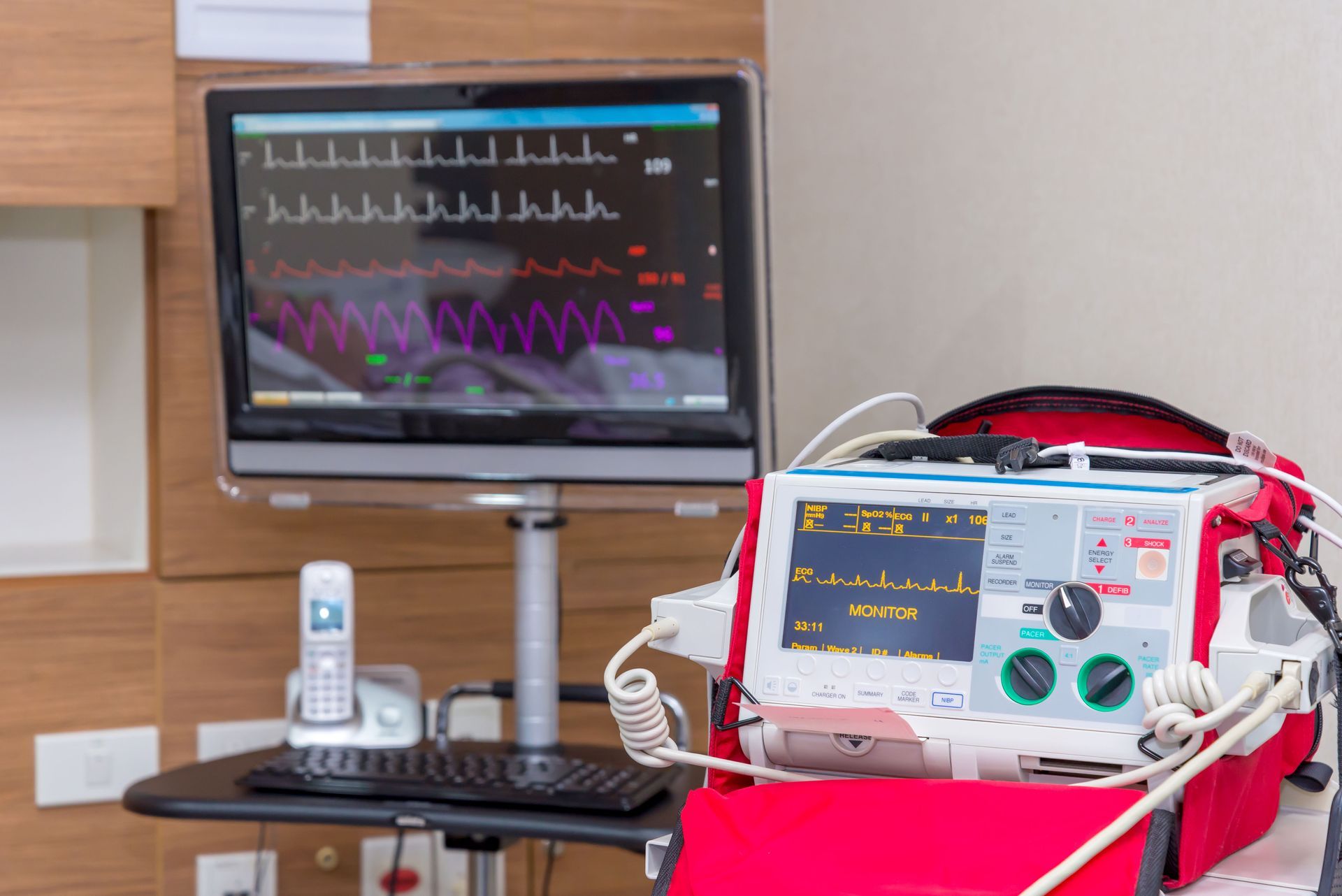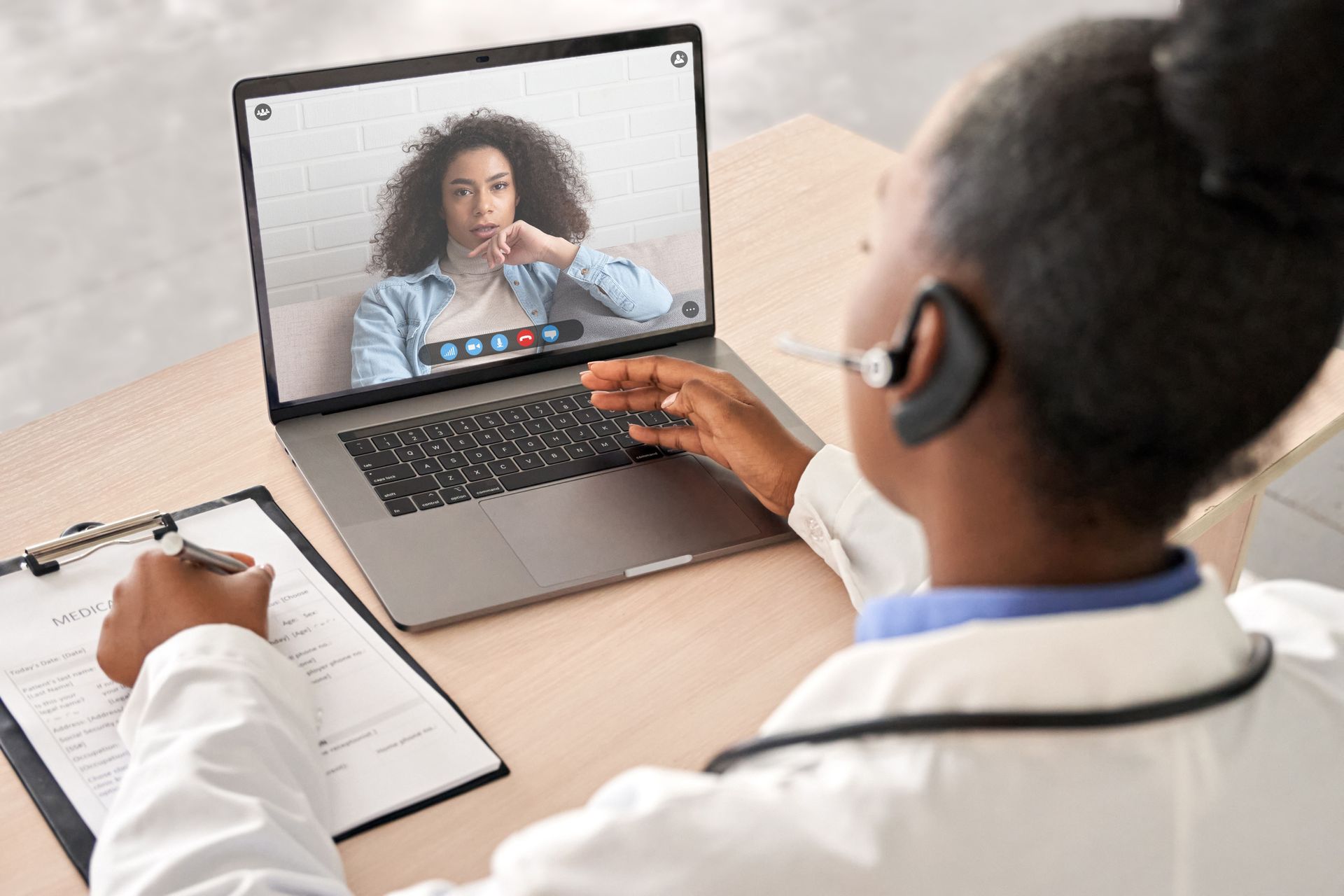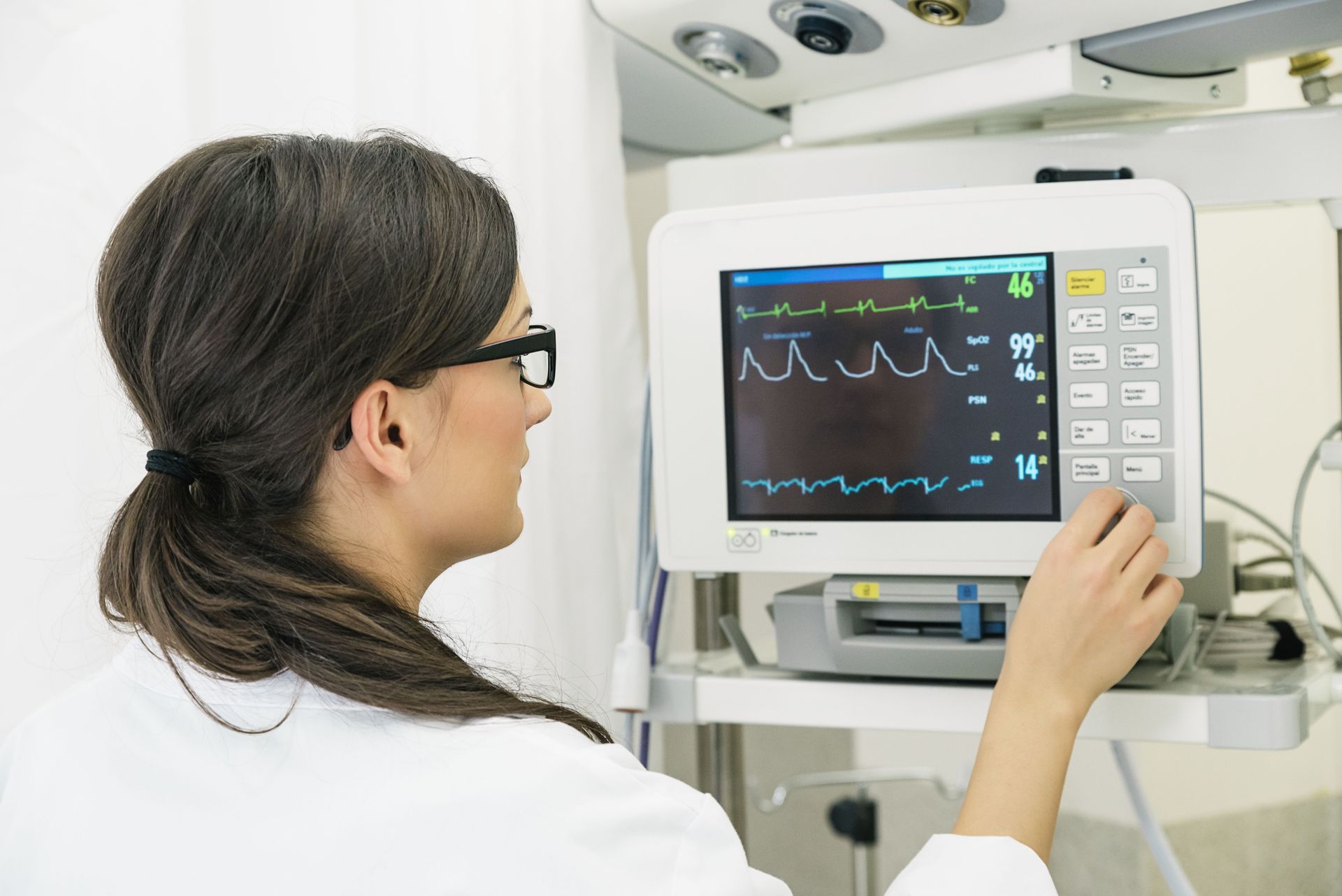How to Make Emergency Medical Services More Accessible
Emergency medical services remain one of the most daunting and critical components of the modern healthcare system. Consequently, emergency care services try to balance a high patient flow with limited resources to guarantee quality and accessibility. Many people, including those living with disabilities, face more difficulty accessing emergency medical services.
Luckily, we can make emergency care more accessible by reducing patient crowding and providing care virtually. While there are multiple recommendations to improve access to emergency services, below are two major ways telemedicine could improve the healthcare system.
Virtual Doctor Clinics
One of emergency care centers' biggest challenges is crowding. Patients seeking emergency assistance are unable to access a care provider in real time due to the influx of people. Virtual doctor clinics are suitable, practical, and cheaper for many emergency conditions. In virtual doctor clinics, patients receive care through an audio-visual medium where they can consult and get a second opinion. Similarly, a care provider can monitor a patient and, if the situation warrants, direct an ambulance for more personalized care.
One of the biggest advantages of virtual doctor clinics is off-loading minor and non-emergent cases from an already strained system. According to the Agency for Healthcare Research and Quality, 13% to 27% of emergency department visits are preventable and can be resolved remotely. Instead of patients queuing and crowding for long periods of time in emergency department halls waiting for a care provider, they could easily access a doctor virtually.
Ambulance Booking Apps
Ambulances are at the core of emergency services. They are adequately equipped to provide preliminary emergency services and go through traffic quickly. While phone calls are vital in ensuring communication between doctors and patients, mobile apps have additional features that could improve access. Ambulance booking apps use technologies such as GPS. GPS can ensure a patient or first responders give accurate locations. In addition, they make it easier to monitor the patient's progress as they move toward a care center.
Similarly, ambulance booking apps can be integrated with health care systems to ensure patients get the appropriate care. For example, if the emergency can be treated in an urgent care center, the ambulance can take the patient there to avoid overcrowding in the emergency room. According to a study conducted by the Annals of Emergency Medicine, urgent care centers are 10 times cheaper than a visit to the emergency department. This could help cut costs for patients.
The use of information technologies like telemedicine to deliver care offers great promise in ensuring access to quality and efficient care. Institutions can deliver healthcare online through virtual doctor clinics or ambulance booking apps. Contact us at Southwest Urgent Care Center for a responsive and efficient virtual doctor clinic.











Share On: